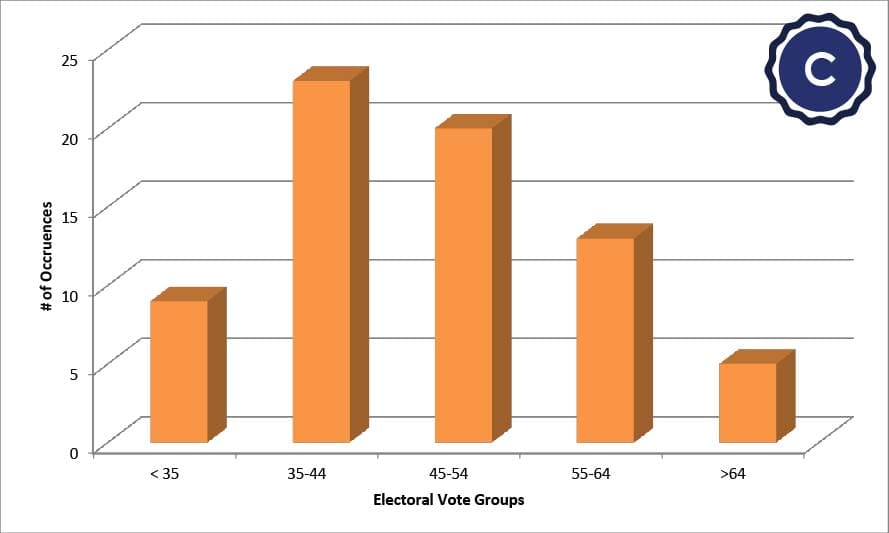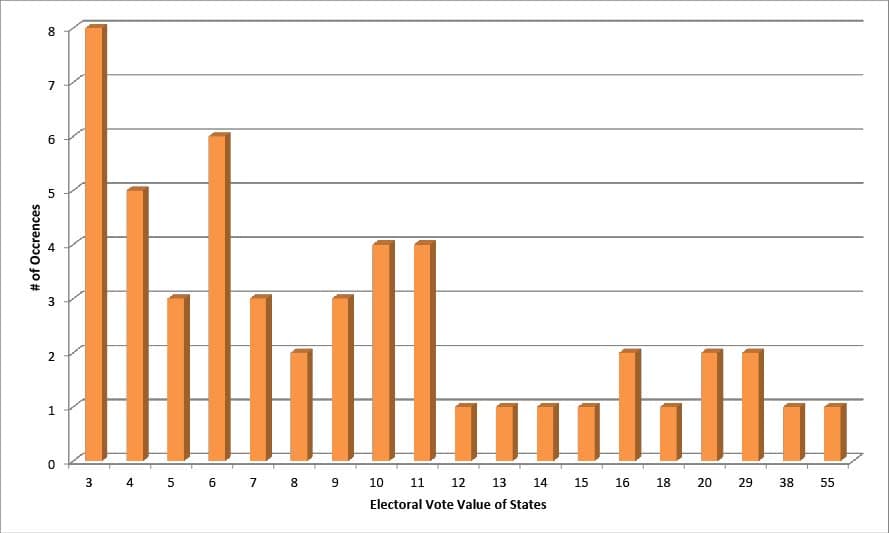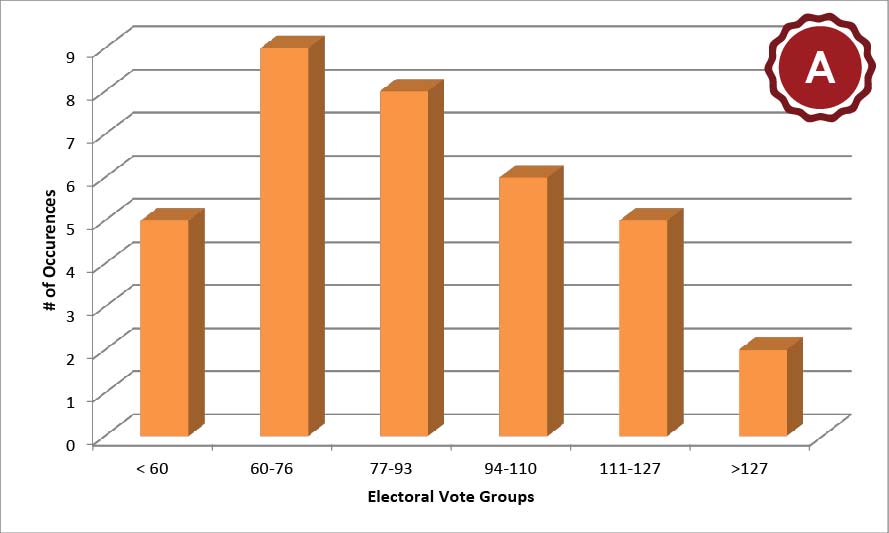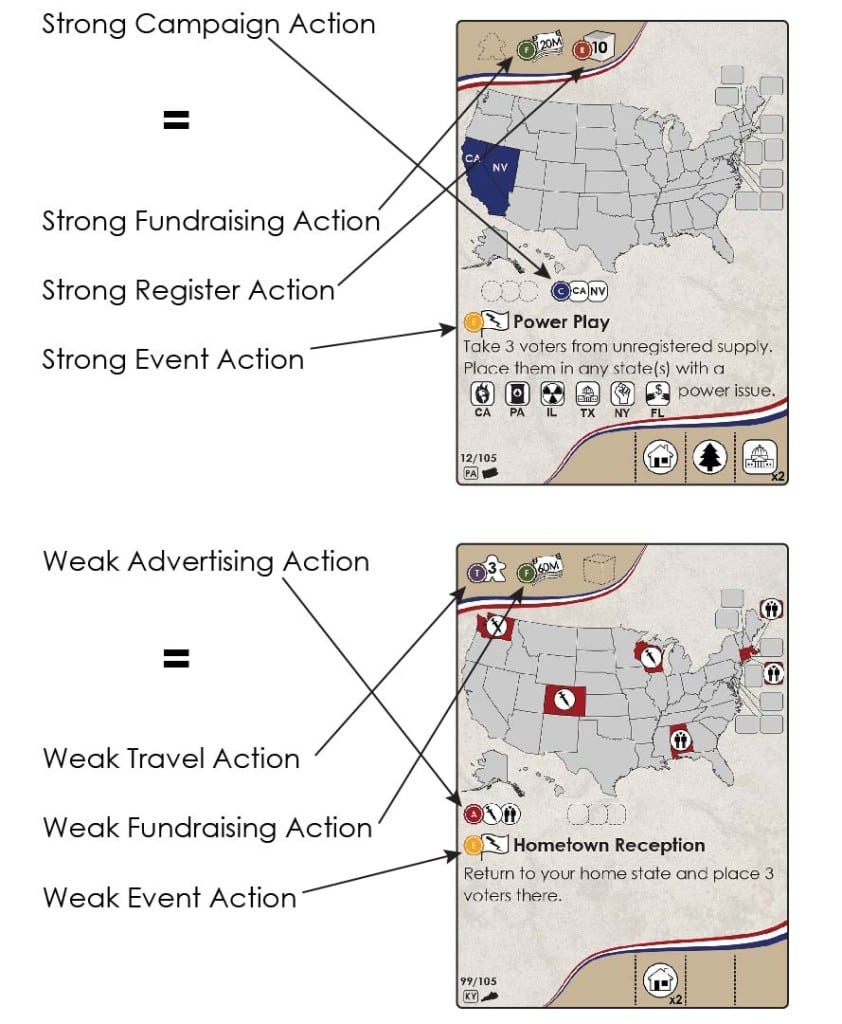
“I WANT TO LET YOU KNOW THAT I AM IN AWE OF HOW WELL YOU’VE MANAGED TO BALANCE THIS GAME! YOU’VE DONE SOMETHING TREMENDOUS WITH THIS ONE. GREAT JOB!”
This was recently said to me by Levi Bushue when writing a review of Campaign Trail for Living The Nerd Life. So how did we go about balancing Campaign Trail? What went into that process? Today, I’m going to talk a little bit about the design of Campaign Trail and how we came to where we are.
THE NEED FOR BALANCE
For me, I’ve always preferred a bit of asymmetry in my games. I like the idea of the huge turn that nets you lots of victory points and cements your come from behind victory! However, that does not necessarily mean the game is unbalanced, just that game elements appear in different places in the game. Or it could mean that you have saved up resources and planned for that one huge turn. Another of our League of Gamemakers agents, Seth Jaffee, has written about the need for balance here. To summarize, it can be disappointing to have players continuously draw cards that give them a perceived advantage. It can totally break the game to have random elements show up in various places that bestow strong advantages or disadvantages to various players. These elements should be balanced out so that an advantage conferred to one player is complemented by an equal weight advantage for another player.
When we first started developing Campaign Trail, we knew we had a very asymmetric system on our hands. Here was a game in which a player could get 55 VP for controlling 1 area on the board and only 3 VP for controlling a few other areas. Add to that, there are 51 separate areas ranging in point value from 3 all the way to 55 and we knew we needed to find a way to balance this. We didn’t want only cards that affected California and Texas to mean anything and for everything else in the game to be meaningless.

Electoral Vote Distribution
We chose a 2-phase approach: Horizonal balance (balancing the entire card set) and Vertical balance (balancing each card individually)
HORIZONTAL BALANCE
This is the more common aspect of balance found in games. Many games use a set of cards that are equally balanced with each other. This did prove to be somewhat difficult for us because of the issues we talked about earlier. A card that gave a player voters in California would just always be more powerful than a card that gave a player voters in Vermont.
The two main actions that allow players to place voters on the board (influence area control) are Advertising and Campaigning. To get around the asymmetric nature of the game we decided to implement these actions in groups of states that had similar totals of electoral votes.
- Advertising is meant to affect a wide array of geographic areas but with a reduced impact.
Players get 1 voter per state in a number of different states. It is based on political issues. Each issue is found in various states. So the balance challenge here was to make sure each issue affected a group of states with relatively equal electoral votes. In addition we had to keep it as thematic as possible with the issues that states really care about represented in the proper states.
- Campaigning is meant to affect a closely grouped geographic area but with a high impact.
Players can place up to 6 voters among a small group of states shown on their card. Again the challenge here was to create the groupings such that each state was represented an equal number of times throughout the game but yet the groupings all had equal number of total electoral votes.
Throughout this we realized that even with putting states together in groups we still wouldn’t be able to achieve an equal (or nearly equal) balance over the breadth of the cards. So we decided to go with a bell curve for balance. To achieve this we made some groups that affected a much higher amount of electoral votes than others but those groupings showed up less often in the game. Similarly, the groupings that affected a very small number of electoral votes show up less often as well. The charts below show how our groupings turned out.

Advertising Action Bell Curve

Campaign Action Bell Curve
These turned out to be slightly shifted to the left because of the shift in the electoral state values to the left. But overall, it achieved our desired affect – the cards tend to focus on and influence the middle weight states.
VERTICAL BALANCE
Since the Campaign Trail cards are multi-action cards (you can take 1 of 4 possible actions with each card play), we didn’t want any one action overpowering a card. This would require us to vertically balance each individual card. We created a horizontal bell curve of the other actions as well (Event, Fundraise, Register, Travel) and matched the powerful implementations of those actions with the powerful implementations of the Advertising and Campaigning actions.

What we are left with is each individual card has 4 actions available (out of the possible 6) and every action on the card is relatively equal in how it affects a player’s position in the game. This gives us one of the most fun aspects to the game – strategic card management. There have been many times during playtests where I have seen people faced with really tough choices about how or when to play a particular card. The game now becomes at its core a game all about playing your cards at just the right time to achieve maximum effect.
I’d like to hear from other designers out there. How do you achieve balance in your designs?








